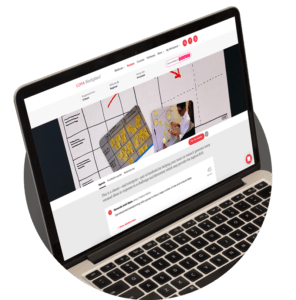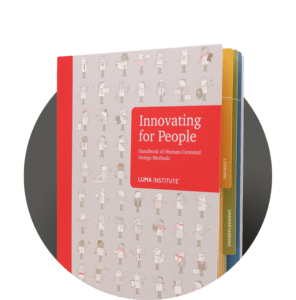Method overview
It is said that the best way to prove your understanding of something is to teach it to someone else. Noted educator and researcher Joseph Novak developed Concept Mapping as a technique for organizing concepts in a way that illustrates a thorough understanding of a topic, problem, or situation. The result is an ideal method for achieving clarity; all of the information regarding a particular topic is laid out in a way that fosters shared comprehension. This is particularly helpful when you need to illustrate the various people, places, and things associated with a systematic solution.
A typical map includes various concepts (nouns) and relational links (verbs) related to a given subject area. It helps you document your current knowledge in a visual manner. In addition to guiding your initial exploration of a topic, concept maps are also an effective way of soliciting information from a subject matter expert, helping to guide you and your team to a fuller understanding of an unfamiliar domain.
The benefits of this method
- Deepens knowledge within a subject area.
- Facilitates interdisciplinary collaboration.
- Communicates complex ideas visually.
- Builds a shared understanding.

Quick guide
- Identify a subject area to focus on.
- Form a team of people with multiple perspectives.
- Create a list of concepts related to the topic.
- Think broadly. Include people, places, and things.
- Arrange the concepts in an orderly way.
- Draw lines with arrows to connect related concepts.
- Label the lines with words describing the relations.
- Circle and label related groupings.
Helpful hints
- Use a very large whiteboard or work surface.
- Put concepts on sticky notes to make them moveable.
- Use the map as a living document. Update it often.
Combining LUMA methods into design recipes
The methods in the LUMA System are great on their own, but they are really powerful when combined into design recipes. Just like when you combine ingredients to make a tasty meal, you can also combine design methods to address challenges such as improving workplace culture or uncovering customer insights.
An example of a recipe from LUMA Workplace®:


Want to learn more about LUMA methods?


